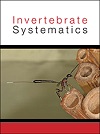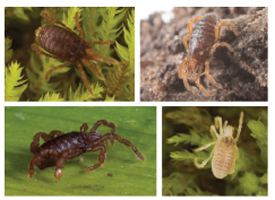
Marsh beetles (Scirtidae) are a worldwide family that are particularly diverse in Australia with over 300 species described. Here, we produce a robust phylogeny of the sub-family Scirtinae using ultraconserved elements (UCEs) and investigate the systematics and evolutionary origins of Australian taxa. Our analyses revealed six major groupings of Australian Scirtinae, four with Gondwanan history and two with a relatively recent origin from Asia. Our results further highlight the value of UCEs for resolving systematic relationships of ancient arthropod groups.








